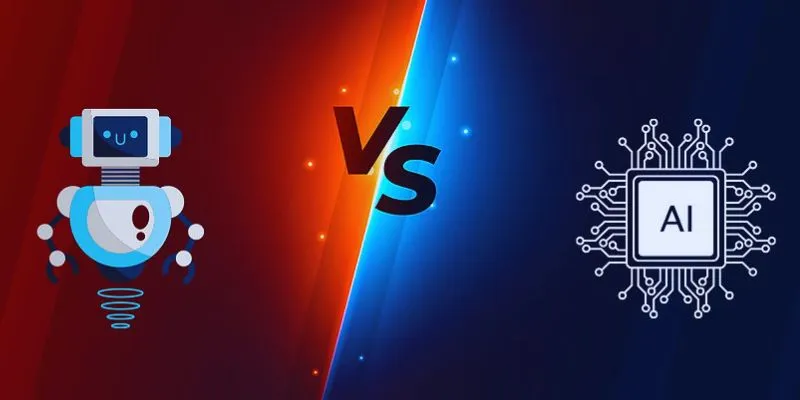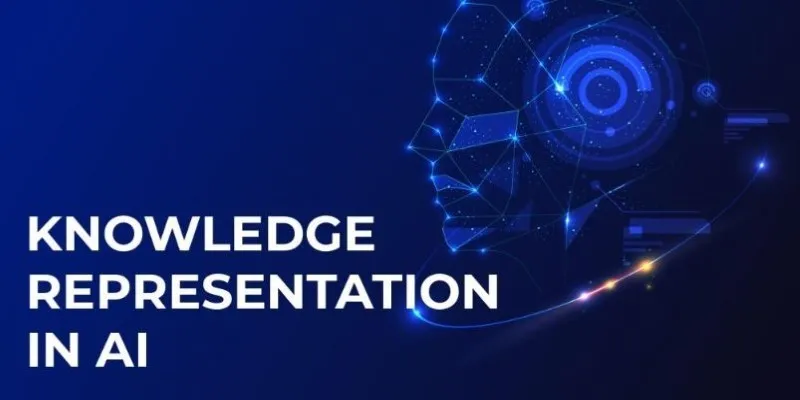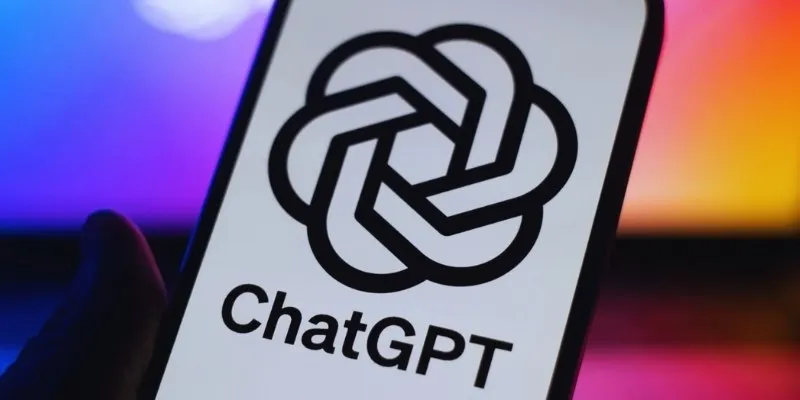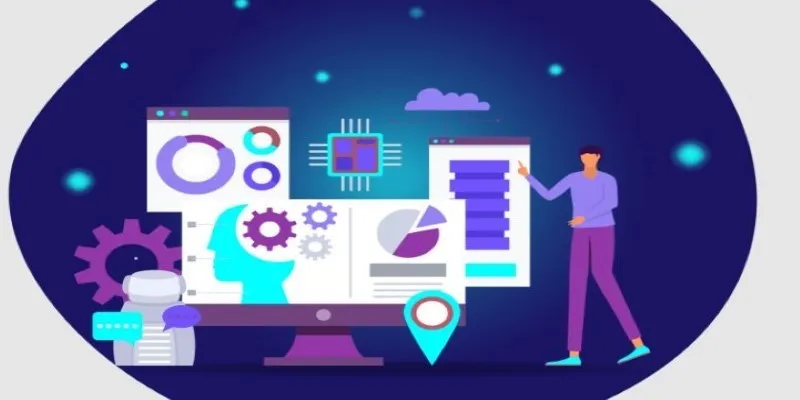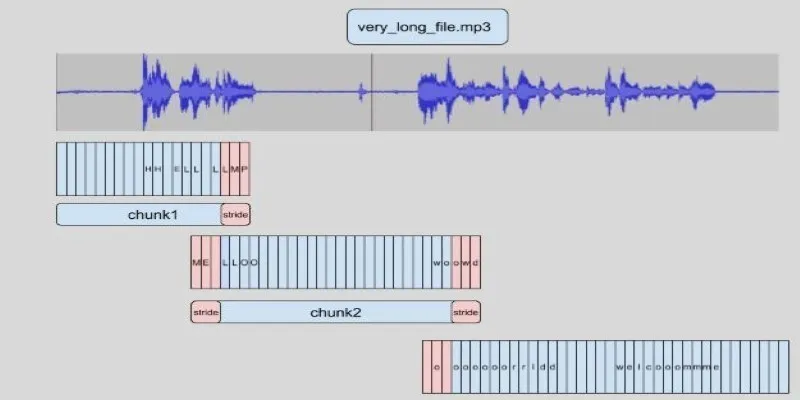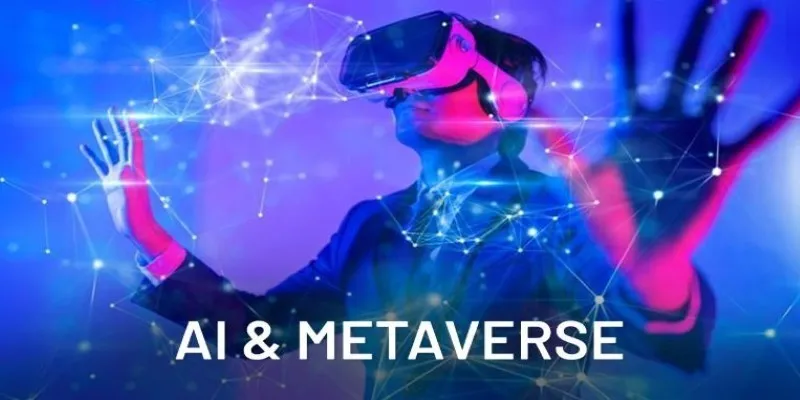Google Gemini 2.0 represents a groundbreaking evolution in artificial intelligence, combining advanced multimodal capabilities with enhanced efficiency and precision. This guide explores the core features, potential applications, and implications of this powerful AI system. We’ll break down its functionality, highlight how it compares to earlier models, and discuss its impact across various industries.
Overview of Google Gemini 2.0

Google Gemini 2.0 is designed to break frontiers in artificial intelligence with its next-generation multimodal capabilities. This AI system combines text, image, and other forms of data seamlessly, delivering an unprecedented level of contextual intelligence and flexibility. Its function is to transform how AI systems process and handle intricate information, making them more versatile and user-friendly compared to earlier versions.
Significance in Industry
The importance of Google Gemini 2.0 to the technology world cannot be overstated. By surpassing the limitations of previous models and setting new benchmarks for efficiency and accuracy, it represents a pivotal development for industries such as healthcare, education, and automation. This breakthrough signifies a new wave of AI development, with potential far- reaching implications that could change how businesses and people interact with technology.
Major Features of Google Gemini 2.0
Google Gemini 2.0 is remarkable for its innovative features that elevate AI technology to the next level, offering better performance, accessibility, and a user-first focus, making it a game-changer across various applications. Its key features are outlined below:
1. Multimodal Capabilities
Google Gemini 2.0 integrates multimodal functionality, allowing it to handle and generate text, images, and videos with ease. This feature enhances its understanding of complex queries, enabling it to provide more precise and context-driven responses. It also offers superior support in creative projects and technical decisions. Through this capability, industries can simplify processes and significantly enhance user engagement.
2. Advanced Natural Language Understanding
This new model excels in natural language processing, outperforming older versions in interpreting subtle and ambiguous language. It uses powerful algorithms designed to deliver more conversational and accurate responses. This enhancement is particularly impactful in customer service, digital assistants, and content creation, allowing companies to offer a better and more personalized experience to customers and audiences alike.
3. Scalability and Efficiency
Google Gemini 2.0 features a scalable design that ensures high efficiency even with large datasets and heavy requests. Its upgraded computational design guarantees low latency without compromising quality or accuracy. This makes it highly suitable for business applications where reliability and speed are crucial, such as real-time data processing, automated applications, and cloud- based AI solutions that drive innovation and growth.
4. Improved Security and Compliance
Security is at the core of Google Gemini 2.0, incorporating the latest encryption technology and adhering to global standards like GDPR and HIPAA. This ensures the protection of sensitive information while maintaining transparency and trust. Companies can rely on Gemini 2.0 to handle data securely, making it a trustworthy option for businesses dealing with private or confidential data.
5. Grounding with Google Search
With its integration with Google Search and Google Apps, Gemini 2.0 enables companies to streamline workflows and enhance productivity. Users can search for files and information within the platform without needing to switch between applications. Gemini 2.0 also supports collaborative editing using Google Docs, Sheets, and Slides, facilitating real-time team collaboration.
Applications and Use Cases
Google Gemini 2.0 offers a wide array of innovative applications tailored to meet diverse industry needs. Some key use cases include:
1. Healthcare and Medicine
Google Gemini 2.0 revolutionizes healthcare by assisting in patient record management, predictive analytics, and clinical decision support. From diagnosing diseases faster to optimizing treatment plans, Gemini 2.0 enables healthcare professionals to deliver precise care. Its compliance with HIPAA ensures patient data remains secure, fostering trust and efficiency in medical practices worldwide.
2. Finance and Banking
The financial sector leverages Gemini 2.0 for fraud detection, risk analysis, and intelligent automation of financial operations. With real-time processing of vast datasets, it identifies anomalies and trends that effectively mitigate risks. Additionally, its integration capabilities streamline payment systems while complying with financial regulations, ensuring customer confidence and optimized performance.
3. Retail and E-commerce
Gemini 2.0 enhances customer experiences through personalized marketing, demand forecasting, and inventory management. Retailers benefit from AI-driven insights, which help analyze consumer behavior and create targeted campaigns. By predicting trends and optimizing supply chain logistics, businesses can meet customer demands efficiently, improving operational outcomes, fostering loyalty, and increasing profitability.
Technological Innovations Behind Gemini 2.0
Gemini 2.0 is built on a foundation of cutting-edge technologies designed to deliver robust performance and adaptability. Cloud computing ensures scalability by enabling seamless data storage and processing, while real-time analytics provide up-to-the-minute reporting and decision-making capabilities. The integration of blockchain technology enhances security and transparency, particularly in transactions and data exchange, bolstering trust across users.
Improvements in Performance and Scalability
Gemini 2.0 has been meticulously optimized to handle increased data loads and user demands without compromising speed or efficiency. Its distributed architecture allows for high availability and consistent uptime, making the system resilient to large-scale operations. Improved data compression techniques and intelligent caching significantly reduce latency, ensuring faster processing speeds.
Additionally, the platform’s modular design makes it highly scalable, allowing businesses to customize and expand features as their requirements evolve, ensuring long-term growth and adaptability.
Comparison with DeepSeek and ChatGPT

When comparing this platform to DeepSeek and ChatGPT, distinct advantages emerge. Unlike DeepSeek, which is primarily tailored for niche data retrieval, this system excels in handling large-scale and diverse datasets with superior speed and accuracy. Its advanced compression and caching solutions ensure better performance even under heavy workloads.
On the other hand, while ChatGPT focuses on conversational AI and natural language processing, this platform prioritizes adaptability and scalability for a broader range of applications. This makes it a more versatile choice for enterprises looking to customize and expand their solutions. By merging cutting-edge efficiency with a modular framework, it bridges the gap between specialized and generalized tools, standing out in both functionality and flexibility.
Conclusion
This platform excels in balancing specialization with adaptability, making it a robust solution for enterprises seeking both precision and scalability. Its modular framework ensures seamless integration into diverse workflows while maintaining cutting-edge efficiency. By addressing the gaps left by traditional tools, it provides a forward-thinking approach to tackling complex challenges. Whether prioritizing conversational AI or broader applications, the platform empowers users to innovate without compromising performance.
 zfn9
zfn9

